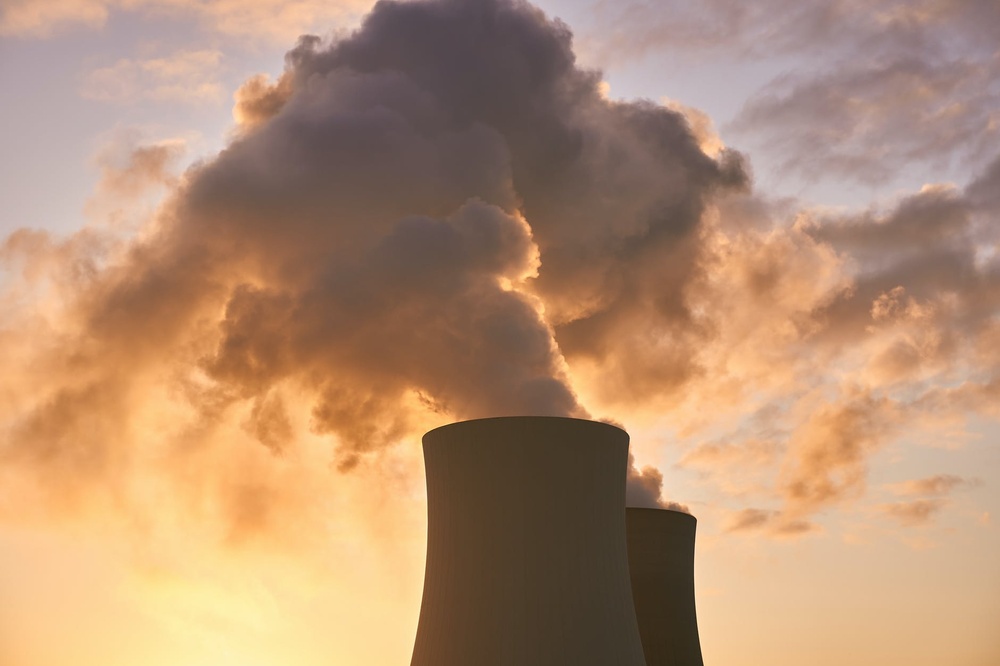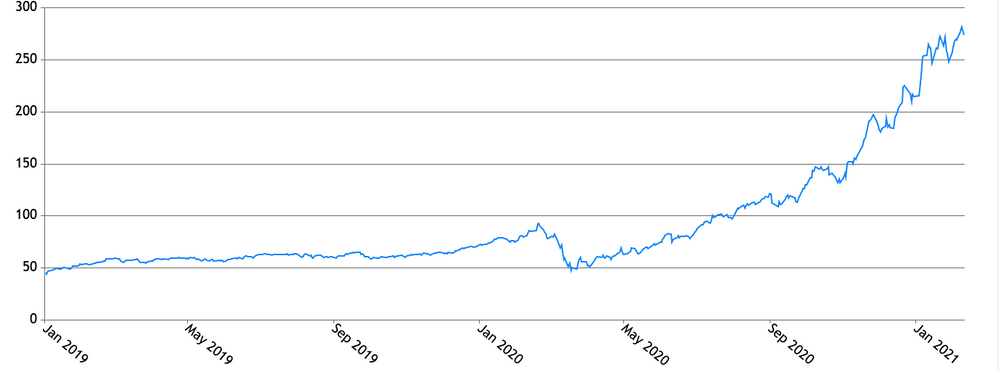“Climate-neutral” the Swedish, the Finnish or the European way?
 Photo: Shutterstock
Photo: ShutterstockTwo different ways of interpreting the concept of “climate-neutrality” are confusing the discussion on the EU 2030 and 2050 climate targets. The decisions resulting from the confusion is likely to force Sweden to adjust its domestic climate targets and policy, according to Magnus Nilsson, an independent consultant, specialised on EU-related transport, climate and energy issues.
To simplify the explanation, you could label it the Swedish and Finnish versions of “climate-neutrality”.
The Finnish target is to become “climate-neutral” by 2035. In its structure the target is similar to the EU 2050 target. Though it might sound more ambitious than the Swedish 2045 “net-zero emission” target, in its content it is clearly less ambitious that its Swedish equivalent. However, the structure of the Swedish target contradicts the EU target and is therefore not numerically comparable.
Confusing? It´s mostly about gross emissions versus net emissions.
“Gross emissions” is the total amount of greenhouse gases yearly emitted from industry, combustion facilities, burping cows etc. When switching to “net emission”, you add the estimated change of the natural carbon stocks (in forests, soils and hardwood products). In both Sweden and Finland (as well as in EU as a whole), where the natural carbon stocks grow, the gross emissions are larger than the net emissions.
Finland´s intention to be “climate neutral” by 2035 ambition does not mean the country intends to end all emissions by that year. Since the wood reserves in the Finnish forests are likely to continue to grow by some 10-15 million m3 per year (equals the capture of some 15-20 million tonnes of carbon dioxide) “carbon-neutrality” will allow the rest of the Finnish society (industry, energy plants, traffic etc) to spew out equivalent amounts of carbon dioxide and other greenhouse gases from fossil fuels, cement production, burping cows etc. The net emissions will still be zero.
This perception of “carbon-neutrality” is the view expressed also in the new, updated EU commitment to the Paris climate agreement, adopted by the EU Heads of State and Government in December 2020 (on the recommendation from the European Commission).
Sweden has not adopted any domestic target on “climate-neutrality”. The long-term Swedish goal is instead to reach “net-zero emissions” (which to add to the confusion actually in character is more a “gross emissions”) target by 2045. While the Finnish target is a “net emissions” target, the Swedish target is based on the gross emissions, and ignores changes in the natural carbon stocks. The basic Swedish target is to reduce gross emissions by 2045 by at least 85% compared to 1990. To achieve net-zero, “complementary measures” are foreseen as necessary. In the proposal adopted by Parliament in 2017, this is exemplified as bio-CCS (storing CO2 captured from bioenergy plants in the bedrock), reducing greenhouse gas emissions from drained wetlands, or procuring international emissions reduction credits from other countries.
Since they differ in structure, the Swedish and Finnish climate targets cannot easily be compared, but it is pretty obvious that the Swedish one is more ambitious. In Sweden, the natural carbon stocks yearly growth (42 million tons) is already almost equal to annual emissions (50 million tonnes). If present trends continues, Sweden will probably reach “Finnish carbon neutrality” 10 years earlier than Finland.
While in the Nordic perspective, the tug of war between different “carbon-neutralities” might remind of a beauty contest, on the EU level it is the cause of a severe conflict between Governments (the Council of Environment Ministers) and the European Parliament. After several months of intense negotiation, their differing views on “climate-neutrality” have prevented them from agreeing on the content of the new EU Climate Law, that will ultimately define the union climate ambitions, both short- and long-term.
The institutions agree that the EU 2050 carbon neutrality target shall be expressed “the Finnish way” (though the Parliament 2050 position is somewhat vague on this) - as a net emissions target.
But they totally disagree about the 2030 intermediary target. The Governments wants to put the commitment the EU has made to the Paris Agreement into the new law, that is a net emissions target of minus 55%, compared to 1990. The assumption is that the yearly growth in natural carbon stocks by 2030 will equal 2-3% of the 1990 net emissions, which means that the Governments aim for a gross emissions reduction target by 2030 of minus 52-53%.
The Parliament, on the other hand, does not accept to construct the 2030 target as a net emissions target. It wants a 2030 gross emissions reduction target of minus 60%, considerably stronger than what the Governments propose.
As this text is written, it is not clear which side will win (though the stars seem to favour the Governments), but in either case the EU 2050 target is, and will be, a net emissions target, thus structurally more in line with the Finnish than the Swedish target.
Which position will win concerning the EU 2030 target, will have impact on where the centre of gravity of the short term climate activity will be, both overall in the EU, but also in its member states. With a gross emissions 2030 target, increasing the natural carbon stocks will be less important short-term, with a net emissions target increasing the natural carbon stocks will be crucial.
Long-term, the choice is less decisive. Reaching a climate-neutral EU by 2050 will require both drastically reduced emissions AND a faster growth of the natural carbon stocks. Put in that context, the domestic Finnish 2035 climate-neutrally target will soon be obsolete, as it does not put sufficient attention to cutting the gross emissions. Similarly, but in a different manner, also the Swedish gross emissions target will lose relevance, and will, in light of the 2050 EU target, soon to become legally binding, probably have to be reviewed within the next, say five years.
NB: This is an english version of an article published originally at Klimat- och naturvårdsbloggen
About Nordic Green News
The Nordic countries are some of the most dynamic and successful economies in the world. They are also leaders in sustainability, from renewable energy, biofuels, carbon capture and storage and the hydrogen economy, circular economy business models and battery development, the Nordics are pioneers in policy design, technology development and consumer uptake. Mundus Nordic Green News is covering this transition for the international community. Every day we clip the stories of most relevance to international businesspeople and policy experts from the flow of news. We supplement these with our own opinion pieces and commentary, in English.

